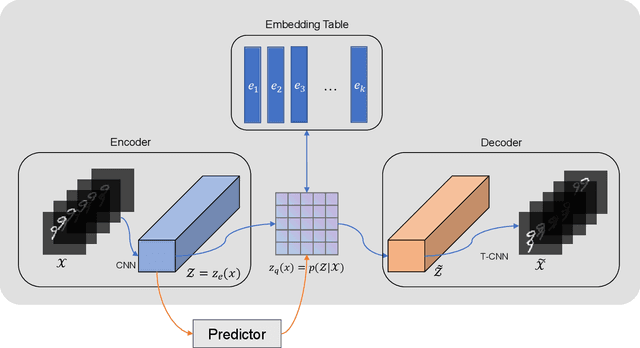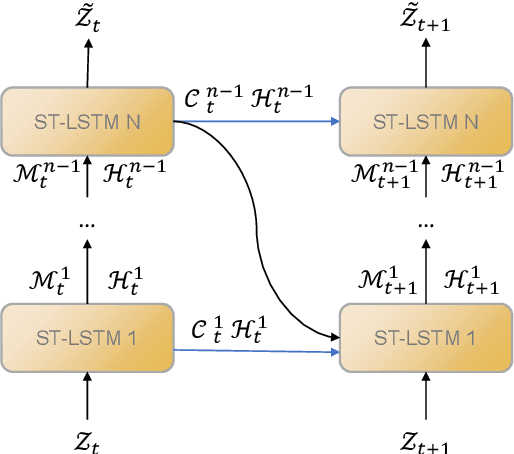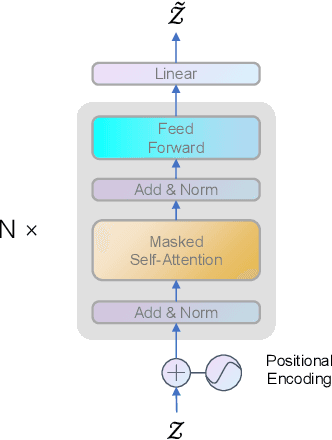Haoyu Pan
Breast Ultrasound Tumor Generation via Mask Generator and Text-Guided Network:A Clinically Controllable Framework with Downstream Evaluation
Jul 10, 2025Abstract:The development of robust deep learning models for breast ultrasound (BUS) image analysis is significantly constrained by the scarcity of expert-annotated data. To address this limitation, we propose a clinically controllable generative framework for synthesizing BUS images. This framework integrates clinical descriptions with structural masks to generate tumors, enabling fine-grained control over tumor characteristics such as morphology, echogencity, and shape. Furthermore, we design a semantic-curvature mask generator, which synthesizes structurally diverse tumor masks guided by clinical priors. During inference, synthetic tumor masks serve as input to the generative framework, producing highly personalized synthetic BUS images with tumors that reflect real-world morphological diversity. Quantitative evaluations on six public BUS datasets demonstrate the significant clinical utility of our synthetic images, showing their effectiveness in enhancing downstream breast cancer diagnosis tasks. Furthermore, visual Turing tests conducted by experienced sonographers confirm the realism of the generated images, indicating the framework's potential to support broader clinical applications.
Enhancing Spatiotemporal Prediction Model using Modular Design and Beyond
Oct 04, 2022



Abstract:Predictive learning uses a known state to generate a future state over a period of time. It is a challenging task to predict spatiotemporal sequence because the spatiotemporal sequence varies both in time and space. The mainstream method is to model spatial and temporal structures at the same time using RNN-based or transformer-based architecture, and then generates future data by using learned experience in the way of auto-regressive. The method of learning spatial and temporal features simultaneously brings a lot of parameters to the model, which makes the model difficult to be convergent. In this paper, a modular design is proposed, which decomposes spatiotemporal sequence model into two modules: a spatial encoder-decoder and a predictor. These two modules can extract spatial features and predict future data respectively. The spatial encoder-decoder maps the data into a latent embedding space and generates data from the latent space while the predictor forecasts future embedding from past. By applying the design to the current research and performing experiments on KTH-Action and MovingMNIST datasets, we both improve computational performance and obtain state-of-the-art results.
 Add to Chrome
Add to Chrome Add to Firefox
Add to Firefox Add to Edge
Add to Edge